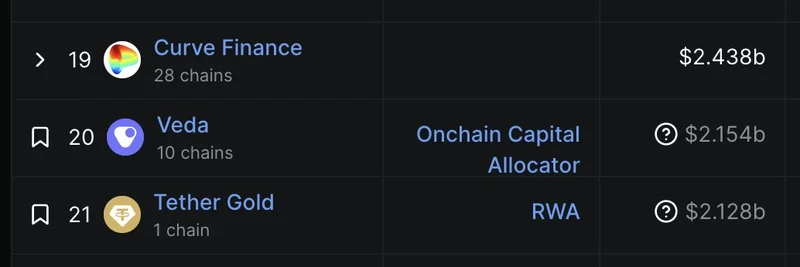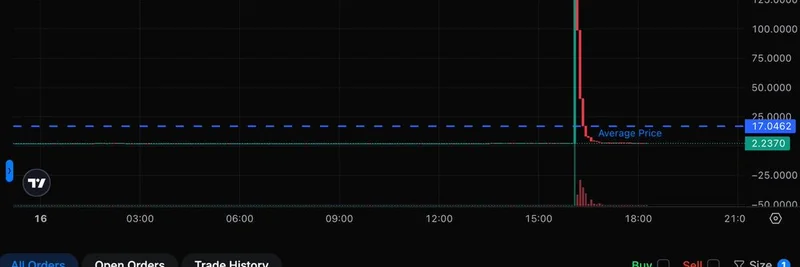In the fast-paced world of cryptocurrency, where meme tokens can skyrocket or crash overnight, understanding historical financial upheavals can provide crucial context. Recently, crypto commentator and macro analyst Marty Party (@martypartymusic) dropped a detailed thread on X breaking down the Panic of 1907—a major U.S. financial crisis that nearly toppled the economy over a century ago. Check out the original thread here. As someone who's navigated the twists and turns of crypto journalism, I see striking parallels between that era's chaos and today's meme token mania. Let's unpack it step by step, explaining the key elements in plain English and drawing connections to the blockchain space.
What Sparked the Panic of 1907?
The Panic of 1907 kicked off in October 1907 and dragged on into early 1908, marked by a severe liquidity crunch—basically, when banks and investors suddenly couldn't get their hands on cash. Think of it like a crypto exchange halting withdrawals during a market dip, but on a national scale. According to Marty Party's thread, the root causes included overextended credit and wild speculation in stocks, much like how hype drives meme token pumps today.
A key trigger was a botched attempt to corner the copper market by financier F. Augustus Heinze and his crew. This led to the collapse of the Knickerbocker Trust Company, New York's third-largest trust at the time. Trusts were like less-regulated banks, similar to decentralized finance (DeFi) protocols that operate without strict oversight. When Knickerbocker folded, panic spread like wildfire, causing runs on other institutions—people lining up to pull out their money, fearing they'd lose everything.
Seasonal factors played a role too, with autumn harvests pulling funds from urban banks, and international pressures like the 1906 San Francisco earthquake draining U.S. gold reserves. Without a central bank (the Federal Reserve wouldn't exist until 1913), there was no safety net to inject liquidity. Sound familiar? In crypto, we've seen similar liquidity crises during events like the 2022 FTX collapse, where overleveraged positions and interconnected failures rippled through the market.
The Timeline of Chaos
Marty Party lays out a clear timeline that reads like a thriller. It started October 14-16, 1907, with Heinze's copper scheme imploding, sparking runs on associated banks. By October 22, Knickerbocker suspended operations after hemorrhaging $8 million in deposits in mere hours. The panic escalated to "Black Thursday" on October 24, when the New York Stock Exchange tanked, and interest rates for short-term loans spiked to over 70%.
Enter J.P. Morgan, the banking titan who stepped in like a crypto whale stabilizing a token during a flash crash. He rallied other financiers to pool over $25 million to prop up struggling institutions. Through late October and November, bank runs went nationwide, with over 200 institutions failing or suspending operations. Morgan even imported $100 million in gold from Europe to ease the cash shortage. By mid-November, the crisis began to subside as confidence trickled back.
This sequence highlights how interconnected financial systems can amplify risks— a lesson meme token holders know all too well from chain reactions in ecosystems like Solana or Ethereum during bear markets.
Key Players and Government Involvement
J.P. Morgan emerges as the hero (or anti-hero, depending on your view) of the story. As Marty Party notes, he acted as a makeshift central banker, personally orchestrating rescues and loaning massive sums to keep the system afloat. His efforts saved the day but underscored the peril of depending on one powerful individual. Other big names like John D. Rockefeller chipped in with funds and support.
The government's role was minimal—President Theodore Roosevelt offered moral backing, and the Treasury Secretary deposited about $35 million in relief. This hands-off approach mirrors early crypto days before regulations like the EU's MiCA framework or U.S. SEC crackdowns on tokens.
Economic Fallout and Recovery
The impact was brutal: The Dow Jones Industrial Average plummeted nearly 50% from its 1906 peak, unemployment hit around 8%, and industrial production dropped 11%. GDP shrank by about 12% in 1908. Yet, recovery came by 1909, boosted by strong exports.
In meme token terms, this is akin to a project rug pull or market correction wiping out gains, only for the sector to bounce back stronger. The Panic exposed flaws in the banking system, much like how crypto crashes have pushed for better security and transparency in protocols.
Lasting Legacy and Reforms
The crisis's resolution involved quick fixes like Morgan's funding pools and "clearinghouse certificates"—essentially IOUs that stood in for scarce cash. Long-term, it paved the way for the Aldrich-Vreeland Act in 1908, allowing emergency currency, and ultimately the Federal Reserve Act of 1913.
Marty Party emphasizes this as the "last" major U.S. panic before the Fed, influencing modern central banking. For blockchain practitioners, it's a reminder that while decentralized systems aim to avoid central control, they still face similar vulnerabilities. Meme tokens, often driven by community hype rather than fundamentals, could benefit from "decentralized safety nets" like automated market makers or insurance protocols to mitigate panics.
Why This Matters for Meme Token Enthusiasts Today
As we navigate 2025's crypto landscape, with meme tokens like those inspired by pop culture or viral trends dominating headlines, the Panic of 1907 serves as a cautionary tale. Speculation without safeguards can lead to devastating runs, but strong leadership—whether from a J.P. Morgan figure or a robust DAO—can turn the tide. At Meme Insider, we're all about equipping you with knowledge to thrive in this space. Keep an eye on market signals, diversify your holdings, and remember: history doesn't repeat, but it often rhymes.
If you're diving into meme tokens, consider how regulatory evolutions in crypto echo these historical reforms. Stay informed, and let's build a more resilient blockchain future together.




